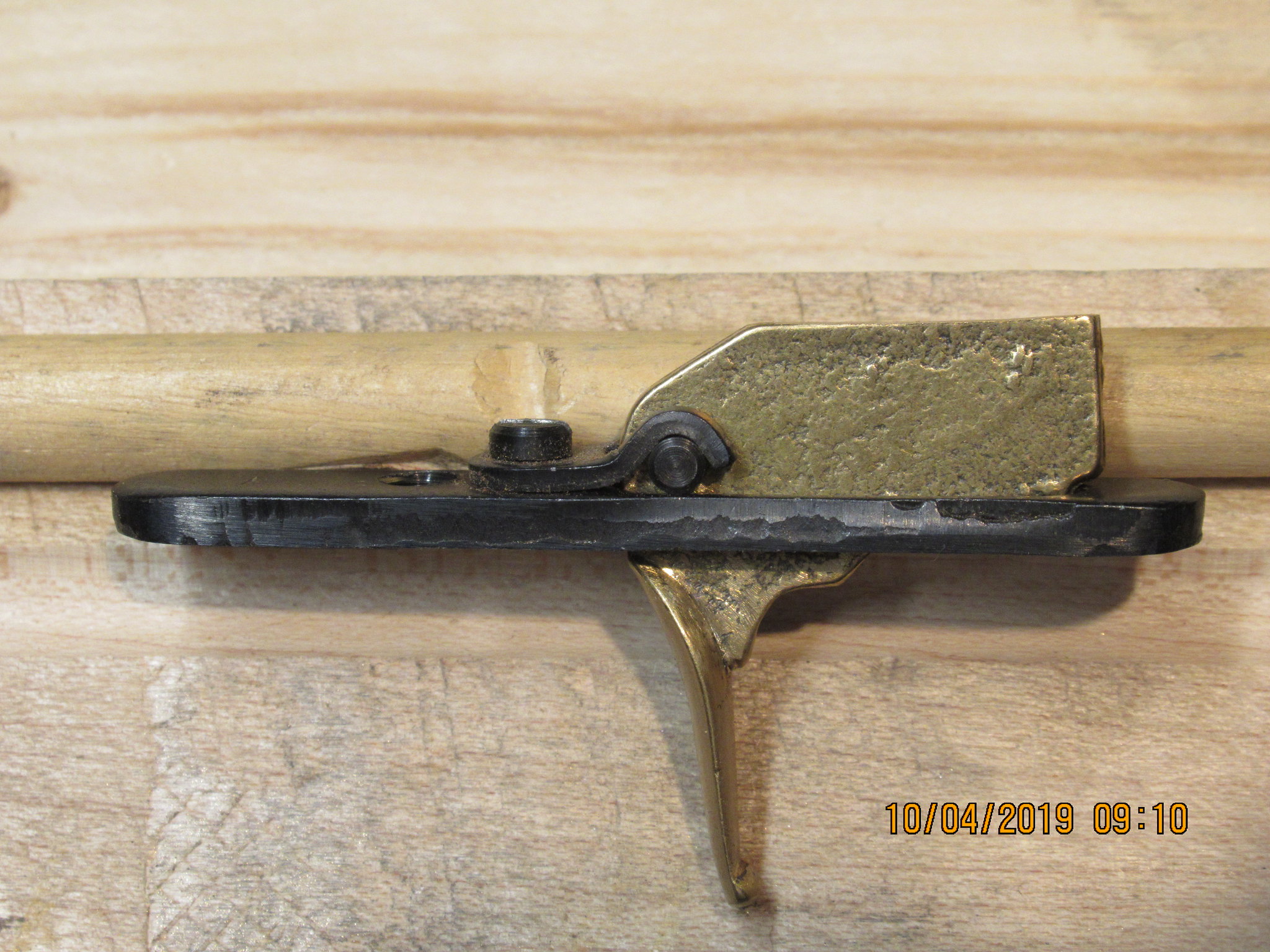Side to side play is caused by the pin hole in the trigger being quite a bit larger than the hole in the trigger plate and the trigger pin, along with the slot in the trigger plate being quite a bit wider than the trigger is thick. You can slightly open up the trigger plate pin hole and make an oversize pin to improve this, and/or perhaps make a shim washer to really dress things up. If you get a cheap set of feeler gages (one of the sets about three inches long that open like a pocketknife) you can find the one that just slips into the trigger plate without resistance alongside the trigger and make your shim from that. It can be a fiddly process, but cutting/grinding/filing a small washer from the end of the feeler gage that already has a hole in it will help greatly with the slop. Don't forget to debur the finished shim before installing it!
I wouldn't worry too much about the front to back play. These guns generally have "solid" trigger pulls and a little familiarity will have you soon automatically sweeping the take up out of the trigger as you prepare to shoot. To remove that play, a spring would need to push up on the rear of the trigger to hold it in contact with the sear bar. I'm not too keen on that idea since it applies force in the direction normally applied to fire the rifle. It could be quite the balancing act to get a spring installed that wouldn't create an unsafe condition or otherwise keep your sear from properly engaging. I'm sure it could be done, but I've got enough trouble in my life as it is. No need looking for more. A spring that pushed down on the trigger blade would prevent any kind of sear engagement issues, but then your trigger's take up will be spring loaded and may muddy up your trigger pull to the point that it creates a whole new issue.





 IMG_0448
IMG_0448